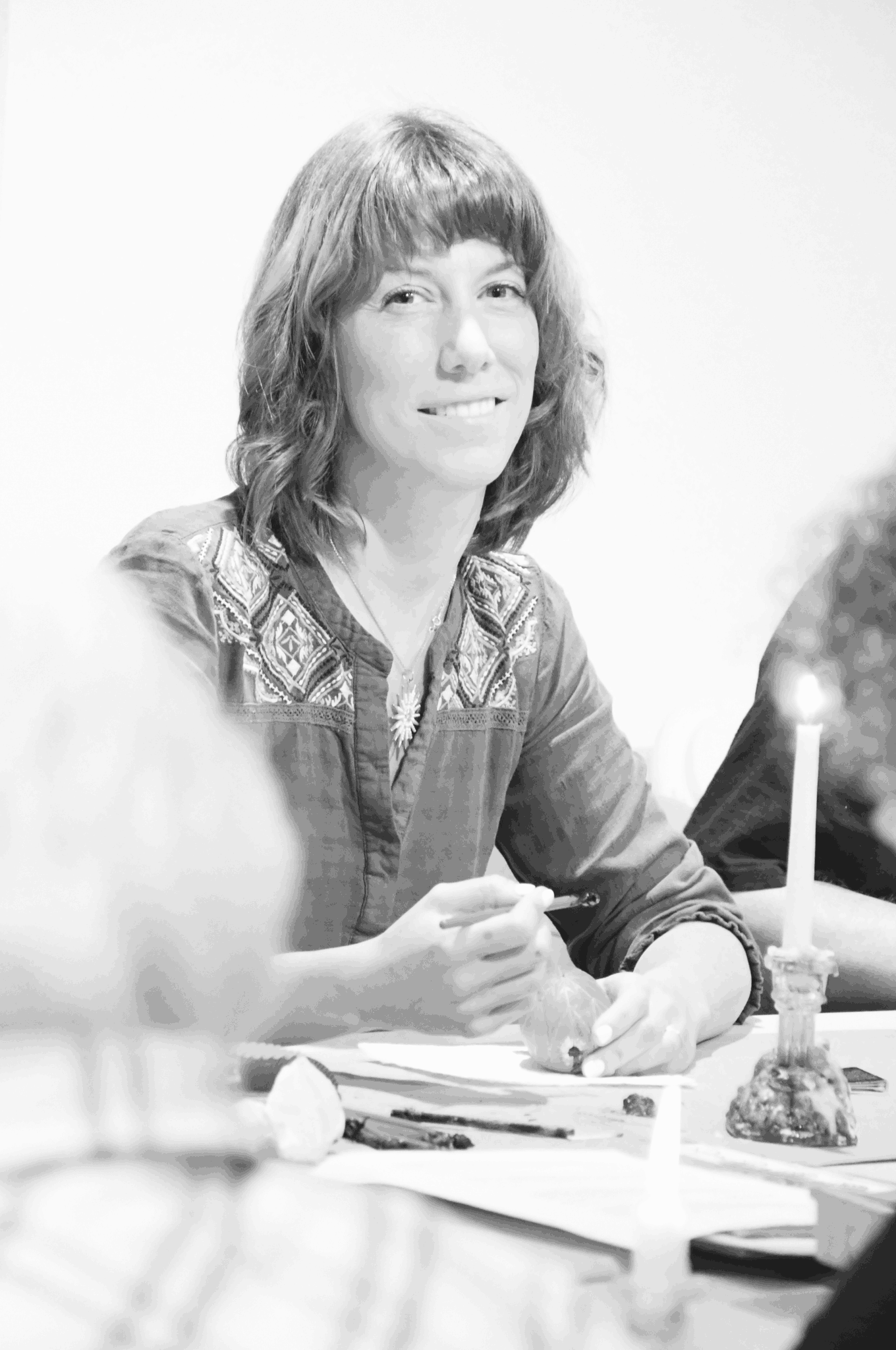Alright – so today we’ve got the honor of introducing you to Jenny Santa Maria. We think you’ll enjoy our conversation, we’ve shared it below.
Jenny, thanks for joining us, excited to have you contributing your stories and insights. Have you been able to earn a full-time living from your creative work? If so, can you walk us through your journey and how you made it happen? Was it like that from day one? If not, what were some of the major steps and milestones and do you think you could have sped up the process somehow knowing what you know now?
I have a unique origin story that really paved the way for the work I do now. As a child, I was often a tag-along for my mother, who lived with physical challenges. I always carried a tote with a few pencils and paper, and I’d spend time sketching or even making little drawings for her doctors. Looking back, those moments planted the seed for creativity as a tool for connection and comfort.
Later, I went on to teach in a self-contained school, where I learned firsthand how powerful creative expression can be for students who often felt unseen. That experience eventually grew into the creative empowerment workshops I lead today.
At first, I wasn’t sure there would be work for me outside the classroom. But after eleven years of teaching, I took the leap. I had already built a strong rapport with program directors across New Jersey through my workshops in Pysanky (Ukrainian egg decorating), and my reputation as a warm, easygoing, and encouraging facilitator opened new doors. What started with one in-demand workshop gradually expanded into something larger.
From there, “art for the non-artist” was born—programs designed to empower people who thought they couldn’t draw a stick figure. Over time, I was able to grow this into a full-time livelihood, not because it was guaranteed from day one, but because I followed the thread of what worked, trusted the connections I’d built, and leaned into the kind of teaching that feels most authentic to me.
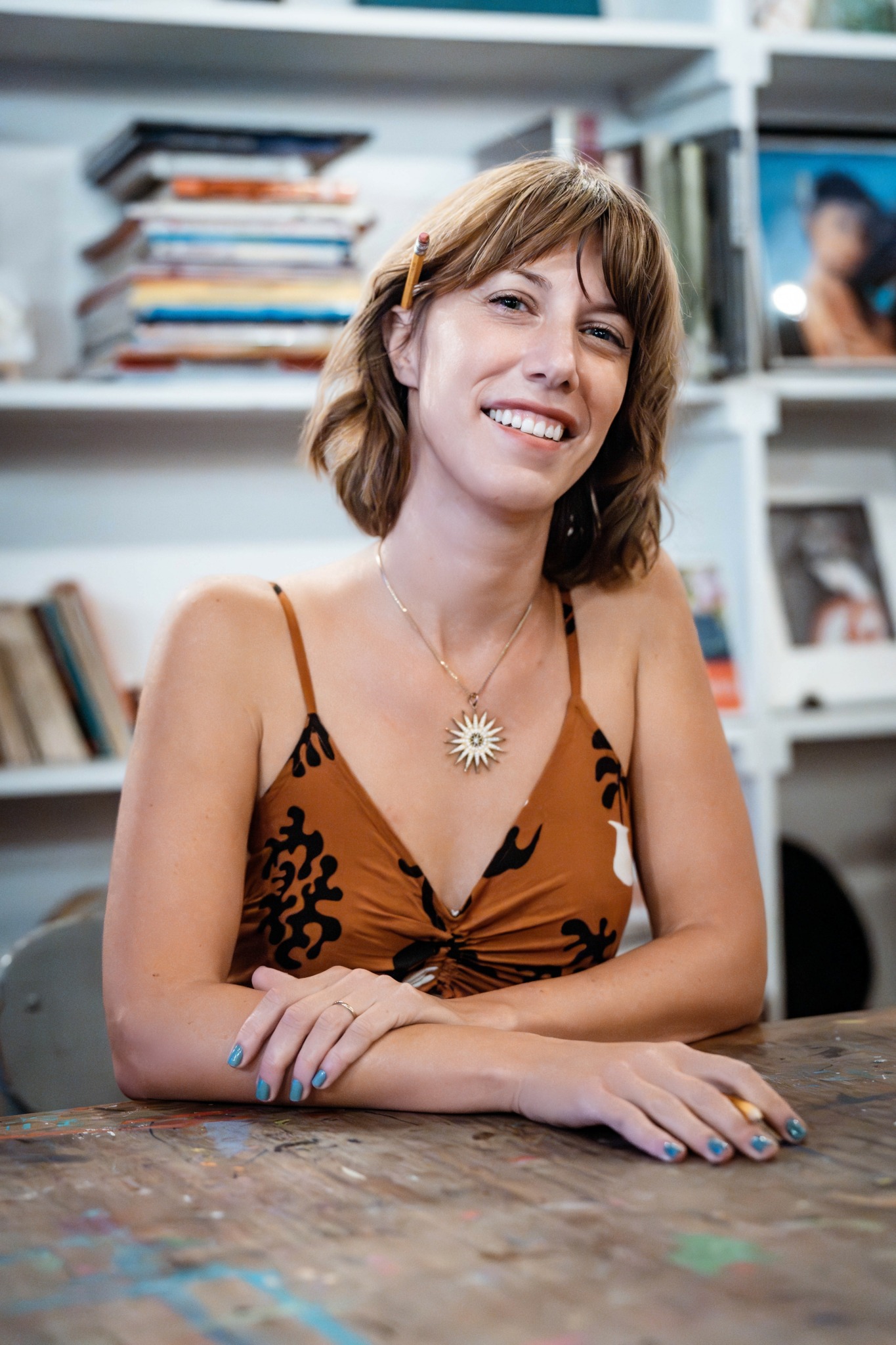
As always, we appreciate you sharing your insights and we’ve got a few more questions for you, but before we get to all of that can you take a minute to introduce yourself and give our readers some of your back background and context?
I learned early on that art had to be mobile — something that could travel with me, live in my bag, always ready at hand. In that way, art has always been my companion. To this day, journaling and drawing remain the ways I work through the philosophical and spiritual questions of life. That’s what I aim to share in my teaching: that art-making and writing can be your friend in every chapter and event of life. I teach visual journaling, embroidery (an affordable and portable art form), watercolor pencil, and “Art for the Non-Artist,” as well as public lectures on art history. In each, I highlight the resiliency of artists — ordinary people who achieved extraordinary things through devotion to their work and growth.
I believe the general public is the most underserved population in the arts. My life’s work is dedicated to designing programs with the hesitant creator in mind — the people who say they “can’t draw a stick figure.” I live for the moment they prove to themselves that they’ve had everything they needed all along. Much of this comes from my decade of experience in special education, working with anxious and oppositional students. That time taught me how to build spaces where others can access the same companionship with art. Art teachers have an irreplaceable role in schools and childrens’ lives, but as an Art Coach and Teaching Artist — someone who encourages all ages to play, share stories, and build community through making- are the people we need in today’s time. I am one of many who use our gifts to bring out the gifts in others. What I hope people take away from my work is that art doesn’t have to be distant or intimidating, but a comforting part of being alive and making sense of our beautiful and chaotic world.
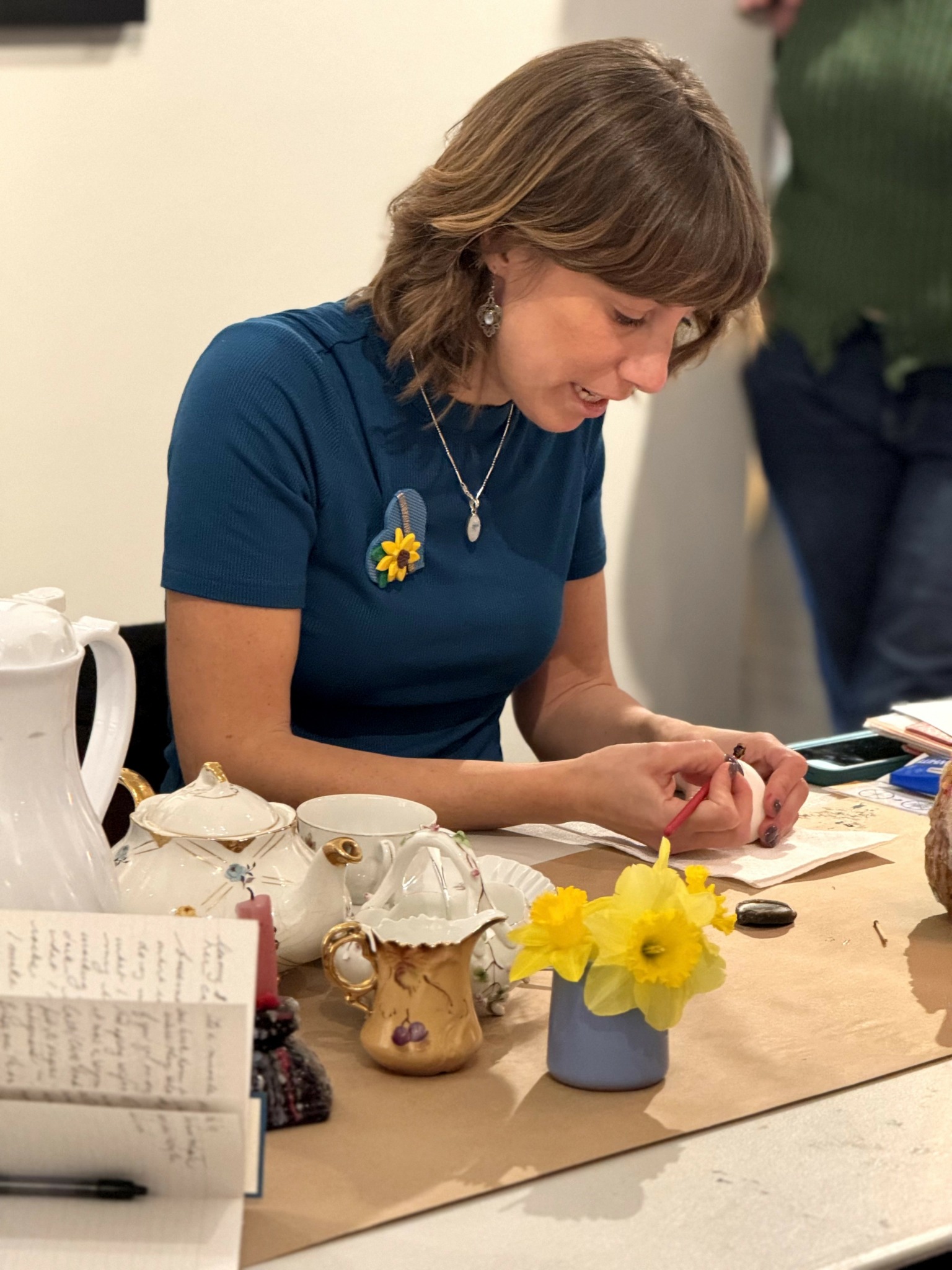
For you, what’s the most rewarding aspect of being a creative?
The most rewarding part of this journey is watching people move past their limiting beliefs around art. So many arrive carrying the weight of “I’m not creative” or “I can’t draw,” and to see that soften, even just a little, is incredibly meaningful. Yes, we practice technical skills, but it’s also about keeping a sense of lightness in what we do. When someone realizes art doesn’t need a perfect end result—that it can be playful, liberating, and a way of connecting—that’s the moment I love most. Watching their work, and my own, take unexpected turns—and giving it the freedom to simply be—is a reminder of what we need more of in our lives. Life works that way too.
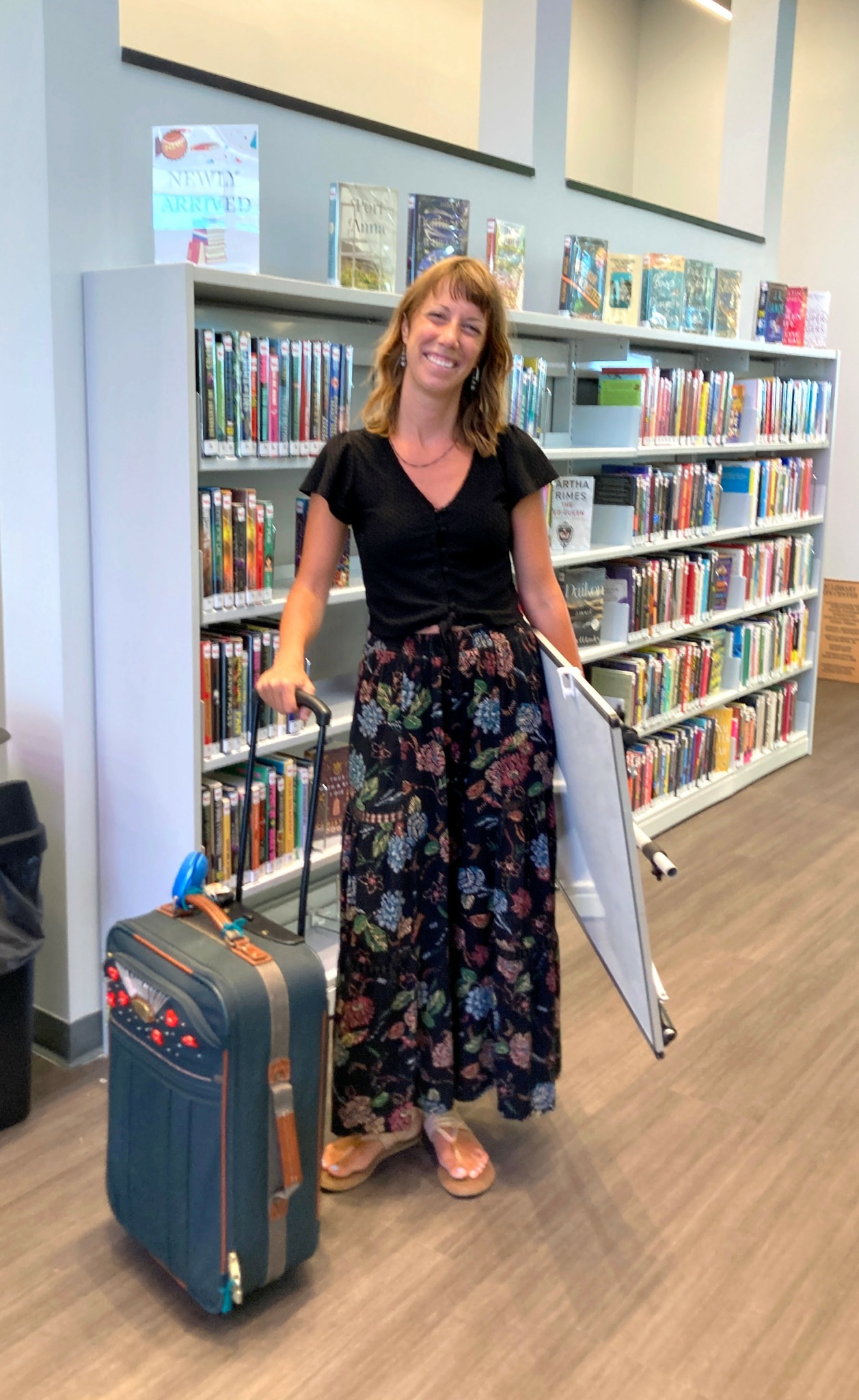
In your view, what can society to do to best support artists, creatives and a thriving creative ecosystem?
I think society can do a lot to support artists if we start by valuing creativity as essential, not extra. We need more venues where art can actually live—libraries, community centers, schools, wellness spaces, and even unexpected places like breweries or farms. When art is made visible and accessible, it reaches people who might never walk into a museum or gallery. Beyond that, grants and philanthropy in the arts are critical. Artists shouldn’t have to carry the entire financial burden of creating work that ultimately enriches everyone’s lives. Support through funding, residencies, and stipends allows artists to keep doing what they do best: making connections, telling stories, and offering new ways of seeing the world. A thriving creative ecosystem is one where artists aren’t treated as luxuries, but as vital contributors to the health and imagination of a community. It’s also a way of honoring heritage and passing down traditions, of keeping stories alive, and of creating space for families and communities to bond through shared acts of making. In the end, this kind of support is about more than art—it’s about the mental health and well-being of society as a whole. If society truly valued its teaching artists and creativity in general, we would see a healthier, more compassionate, and more educated world.
Contact Info:
- Website: https://www.flametipstudio.com
- Instagram: https://www.instagram.com/jen_santamaria/
- Facebook: https://www.facebook.com/jennysantamaria8
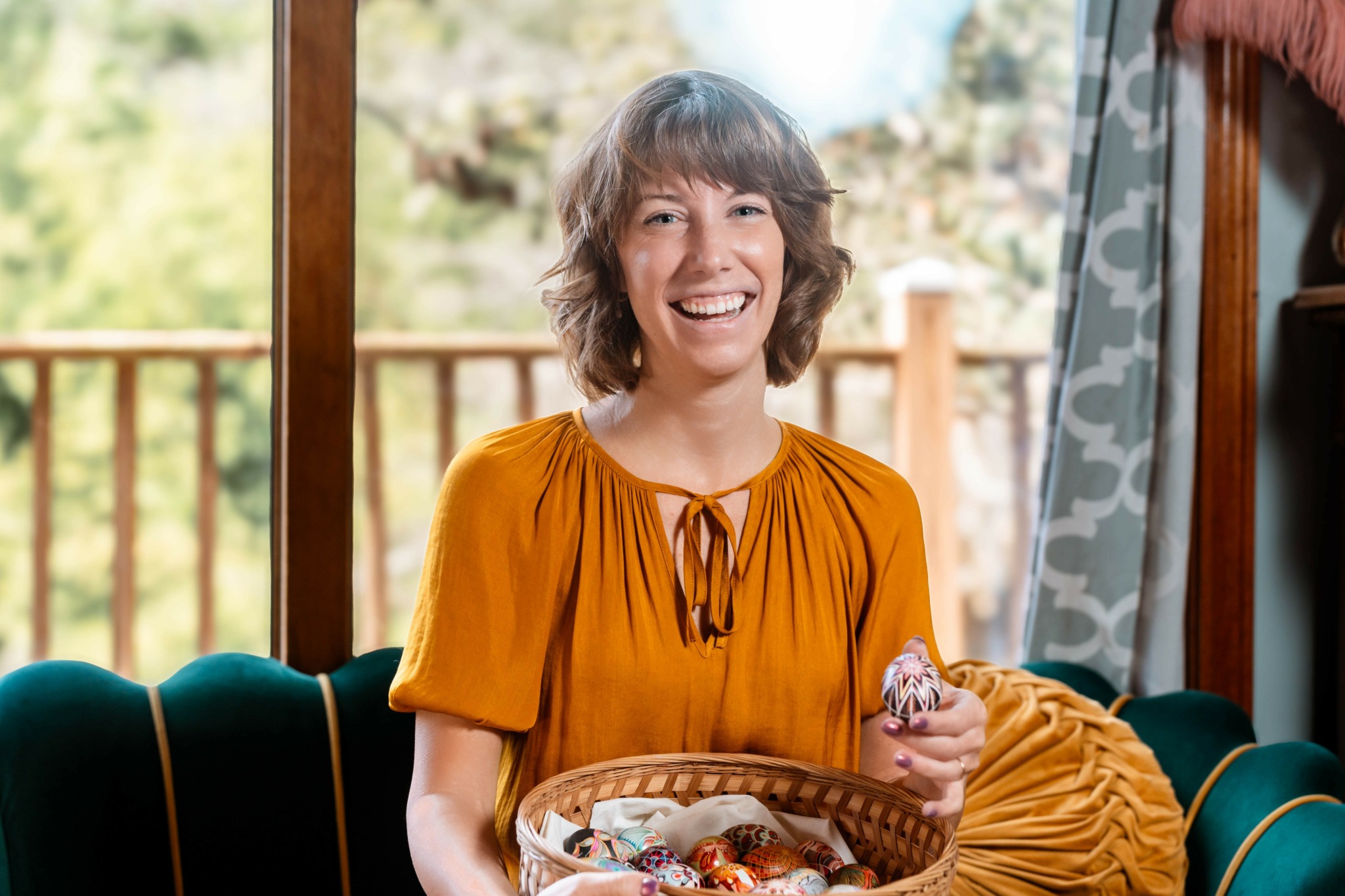
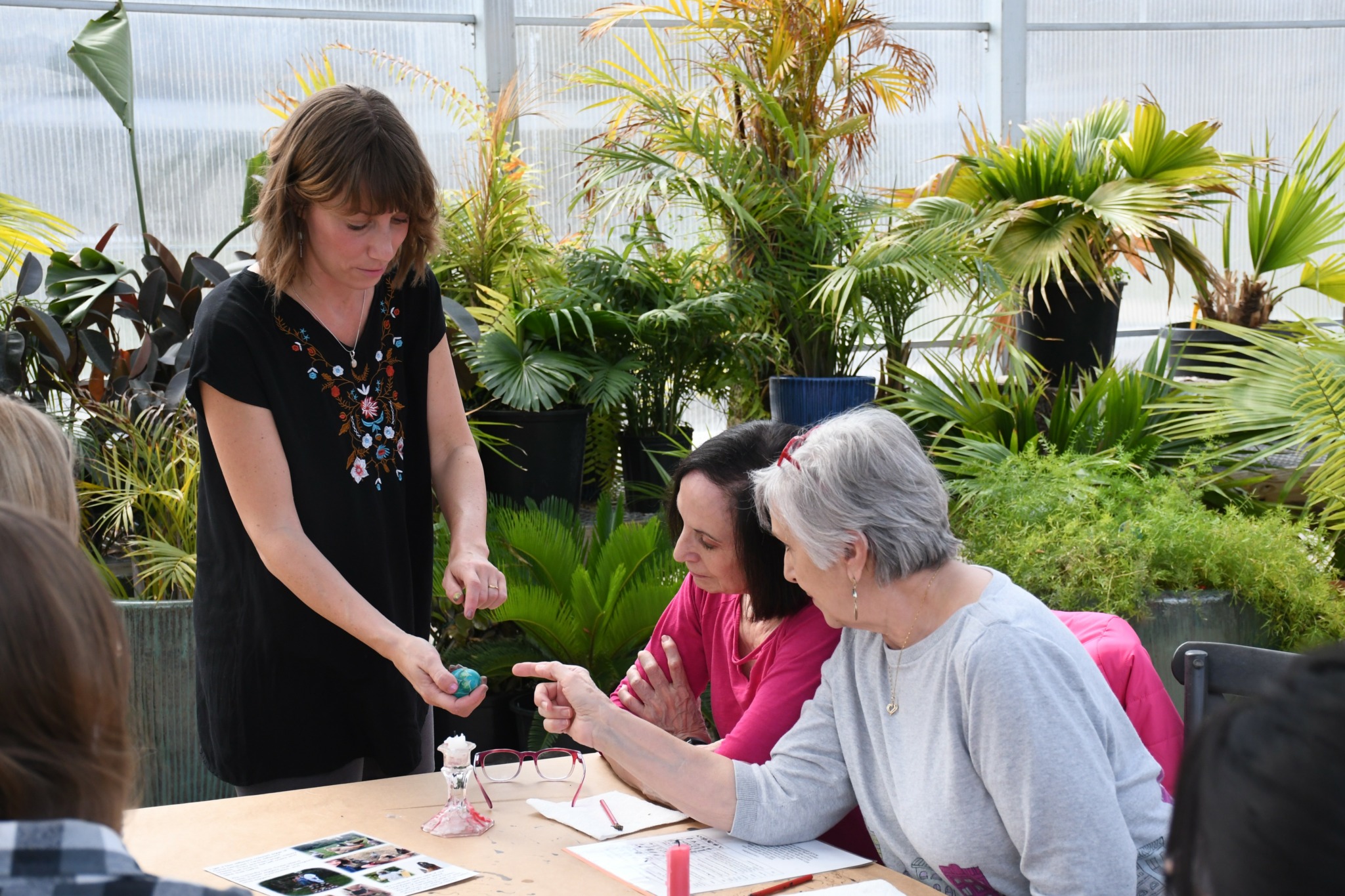
Image Credits
https://josephryanphotography.com/ Joseph Ryan took all the photos except the black and white one with the candle, my husband Daimon Santa Maria took


